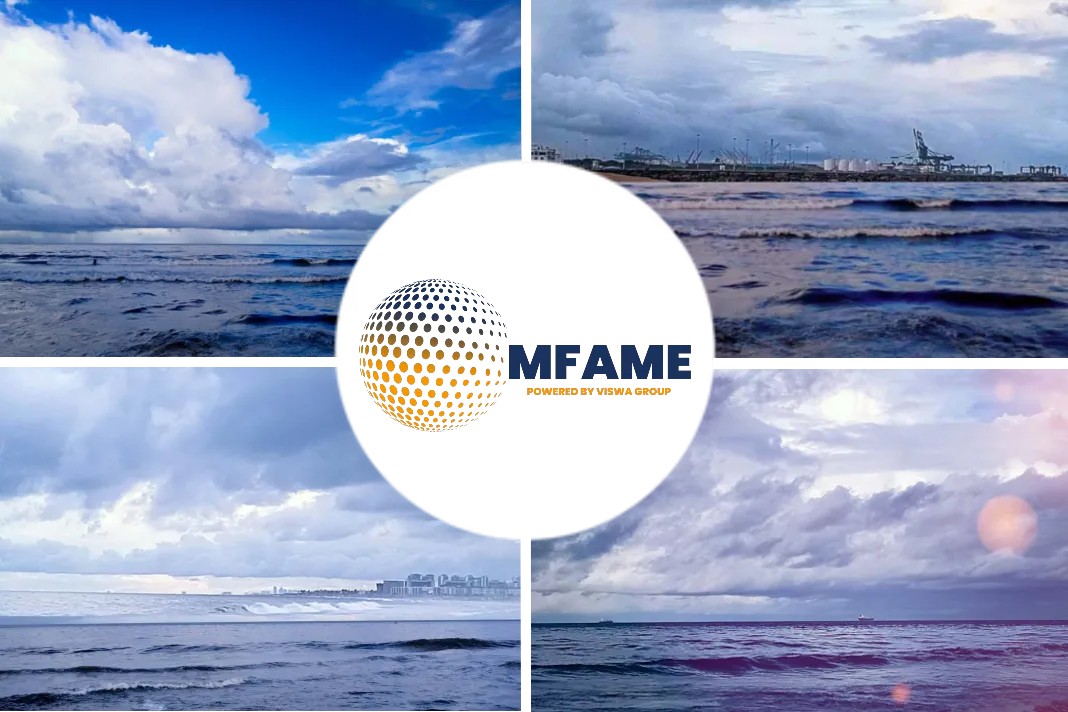Supply and demand in container shipping will not reach a balance before 2019, analysts say, but there remains lingering concerns that the strict observance of fundamentals required to make this happen might be upset by a shipping industry flushed with optimism and profits after a solid first half.
There are a huge number of container ships scheduled for delivery over the next two years, but carriers are confident that rising trade volume will absorb the slots on this additional tonnage. Although this view is shared by analysts, they say carriers will have to hold the line on capacity management.
SeaIntel CEO Alan Murphy says mopping up the incoming capacity will be contingent on no new ship orders, continued high levels of scrapping and vessel idling, and strong demand growth. But even so, that might not be enough, he cautioned.
“Even the most positive outlook would not be able to soak up the massive amount of capacity that will be delivered over the next two to three years,” he said. “At 6 percent demand growth there would still be overcapacity, and at 8 percent the carriers would still need to close services.”
In its latest newsletter, Alphaliner said that based on its current projections the idle containership fleet will only be eliminated in the third quarter of 2019, taking more than 10 years to fully clear out the supply overhang that has plagued the container shipping market since 2009.
The analyst said a steady stream of new vessel deliveries is expected to push idle vessel capacity to 800,000 TEU by the end of the year. A further 1.6 million TEU of new ships are due to be delivered in 2018, and in the absence of a significant surge in scrapping, the overall capacity increase is unlikely to be absorbed by the end of 2018.
But like other industry pundits, Alphaliner said much would depend on the pace of demand growth over the next two years, which would have a significant impact on how quickly the persistent over-supply could be eliminated.
“Demand would need to grow by more than 8 percent each year for the overhang to be cleared in 2018, while an annual growth rate of less than 5 percent each year will see the overhang extend into 2020,” Alphaliner predicts.
Yet carriers have already started breaking the line on ordering, risking an extension of the supply overhang. A total of 20 ships of 22,000 TEU were ordered last week by CMA CGM (11 ships) and Mediterranean Shipping Company (11 vessels) with delivery scheduled to start in the second half of 2019. Alphaliner said the 20 new vessels will add to the 105 megaships that will be in service by then.
The thinking is that to remain competitive and enjoy the lower unit costs of their big ship-operating rivals, other carriers will pile in to order their own ultra large container vessels. However, this line of thought was dismissed by Hapag-Lloyd CEO Rolf Habben Jansen at JOC’s Container Trade Europe conference in Hamburg.
Habben Jansen said the recent high profile order of nine 22,000-TEU vessels was not a sign of an incoming flood of new orders from carriers and insisted the size of the orderbook was moving to a “fairly reasonable” level. “We may see the orderbook drop to 10 percent of global fleet capacity by the end of the year.”
He said after the industry consolidation there were fewer carriers to put in big orders and the priority among carriers at the moment was to pare down debt to settle losses over the past 10 years.
CMA CGM said the nine 22,000 TEU vessels would fill a gap in the megaship area and the vessels offered unit cost savings, and MSC said their 11 ships would replace vessels going off-hire in the next few years.
“Carriers already face some tough choices over the coming months as the rapid increase in capacity in the summer peak season has exceeded cargo demand, resulting in spot freight rates falling by over 20 percent since July,” Alphaliner noted.
IHS Markit data show the orderbook is currently between 13 percent and 14 percent of total global fleet capacity. Cosco Shipping Holdings, Maersk Line, Evergreen Line, and MSC are the top four carriers in terms of tonnage on order, and more than 80 percent of the vessels on order are above 10,000 TEU capacity.
Did you subscribe for our daily newsletter?
It’s Free! Click here to Subscribe!
Source: JOC
















